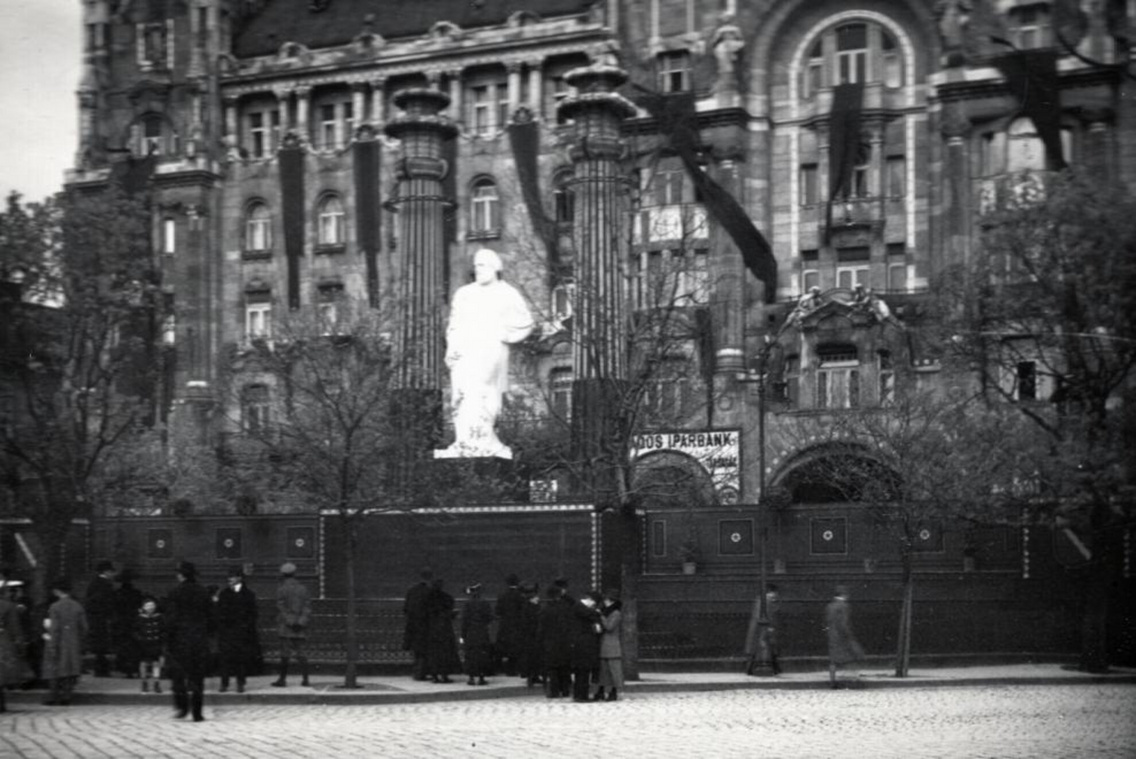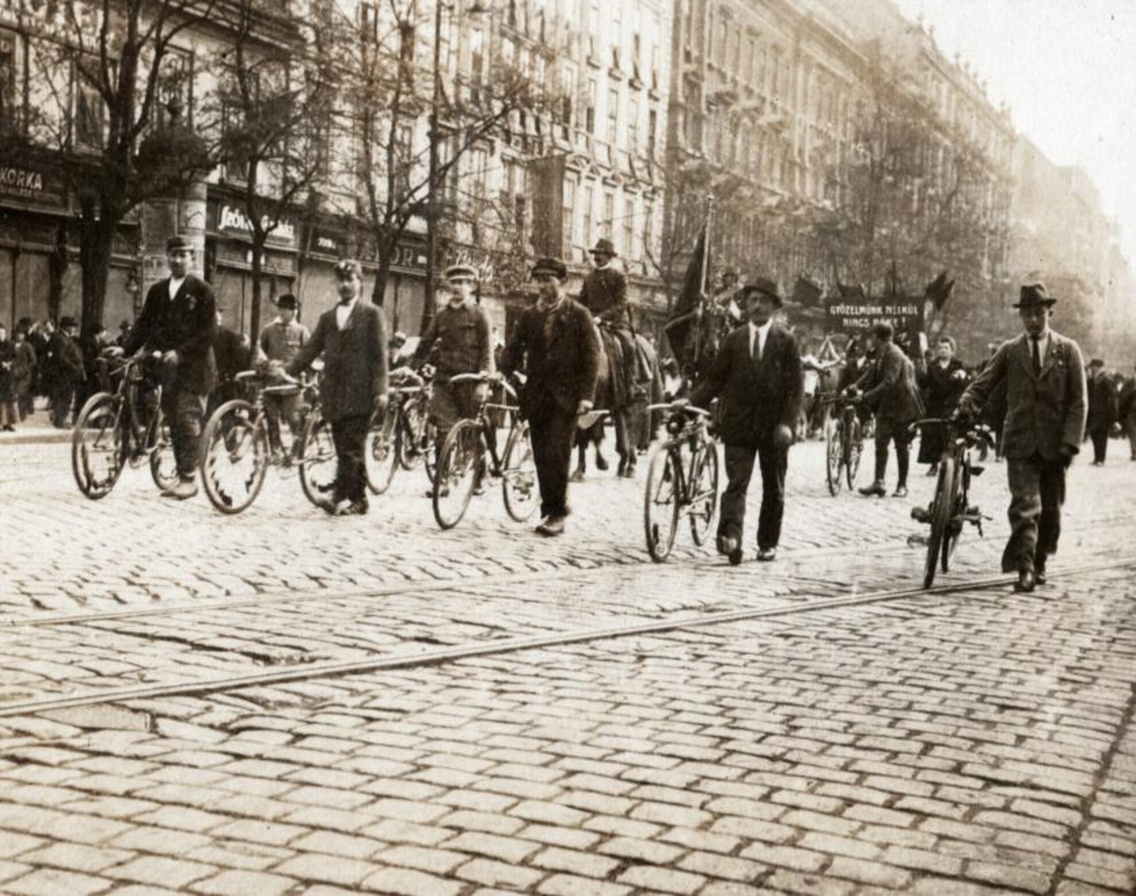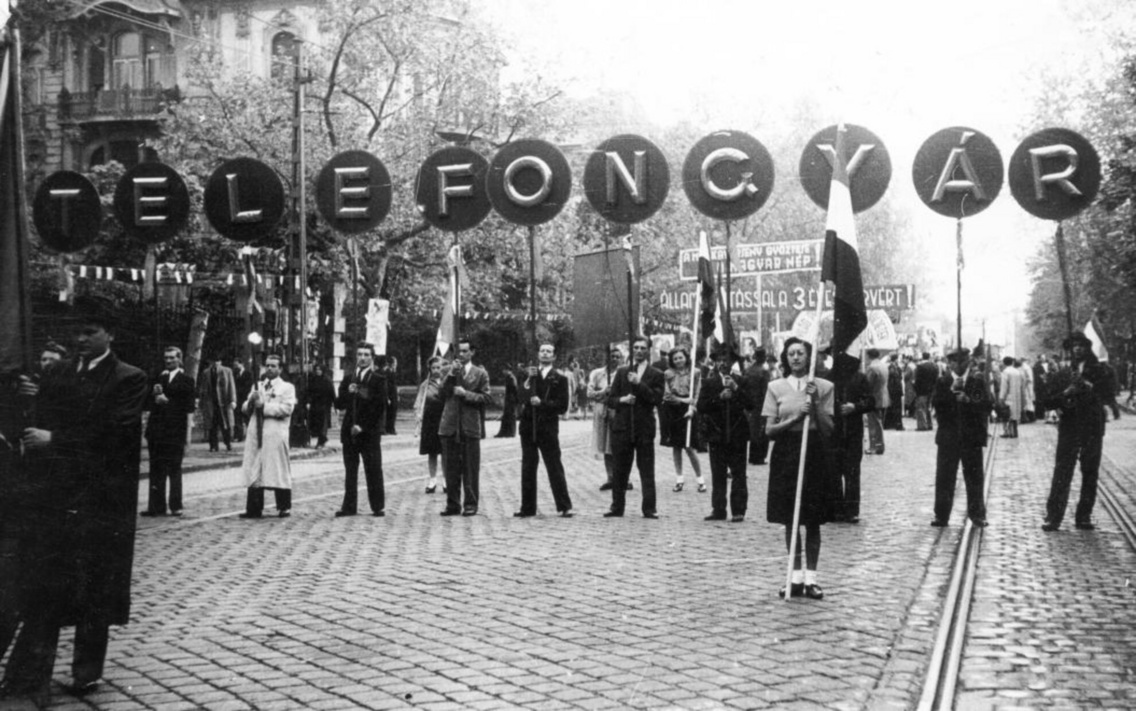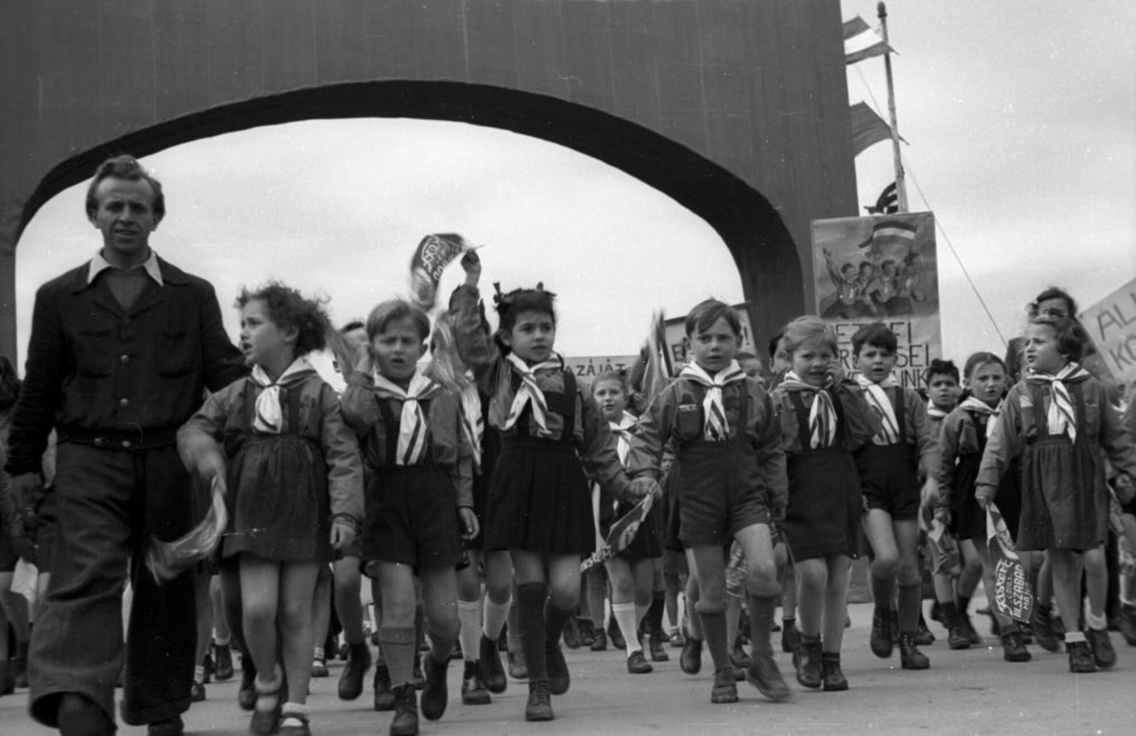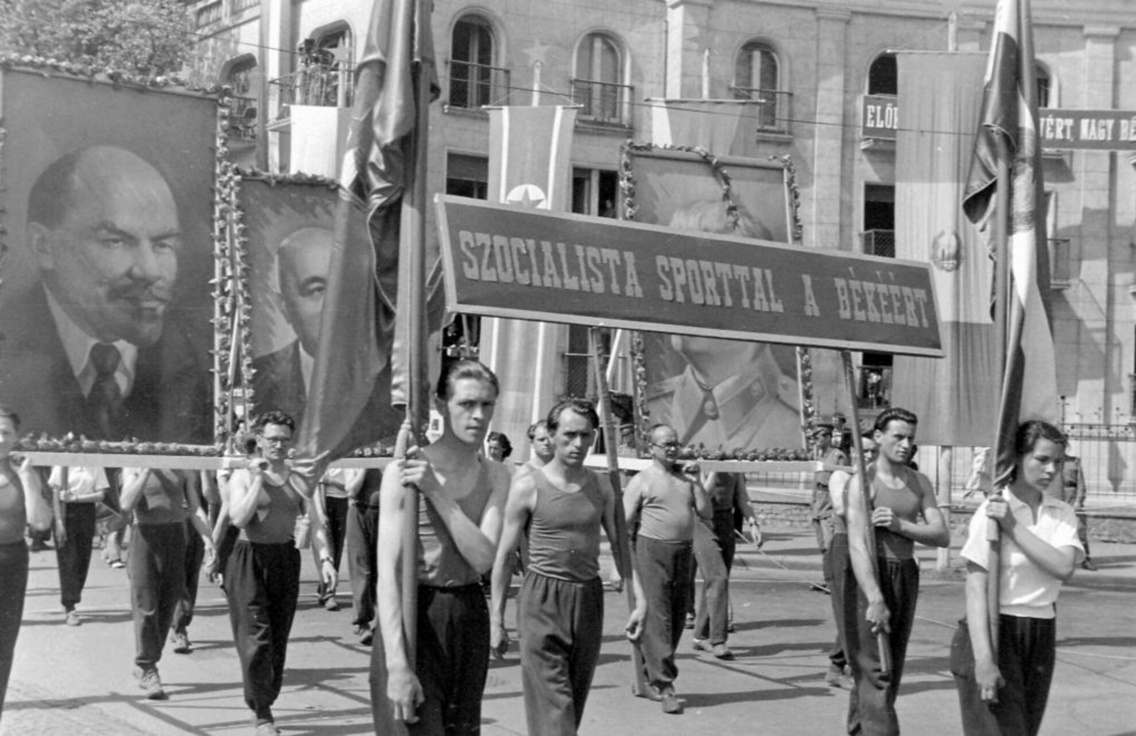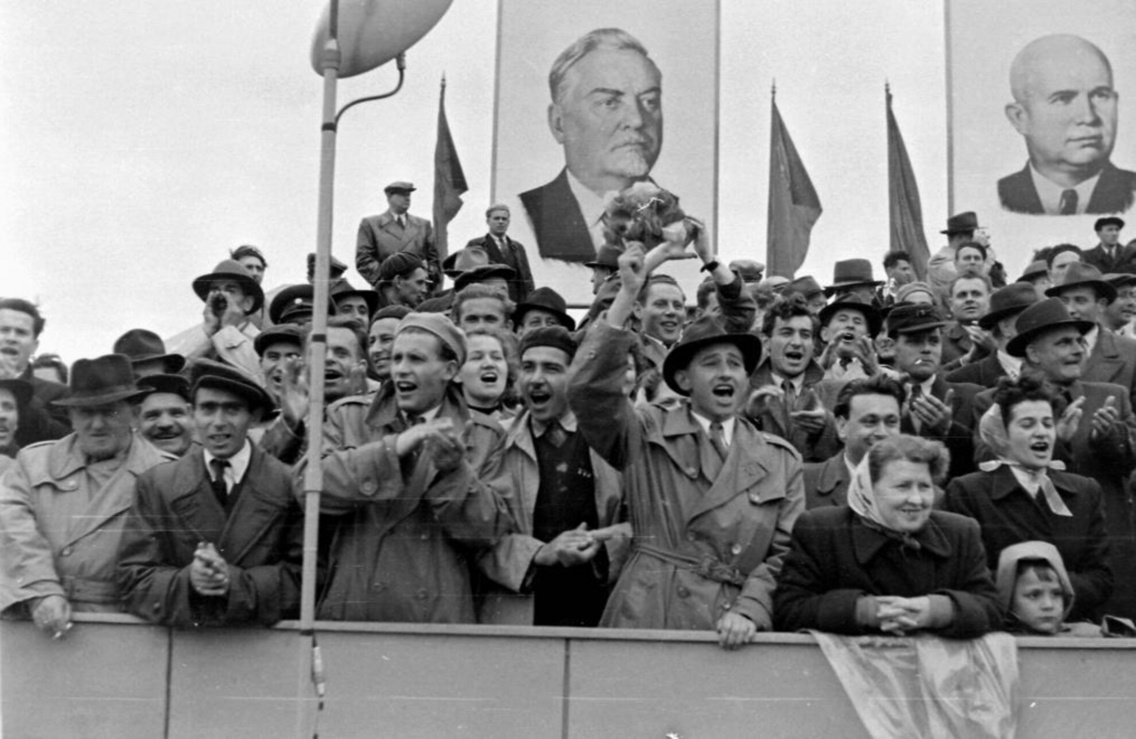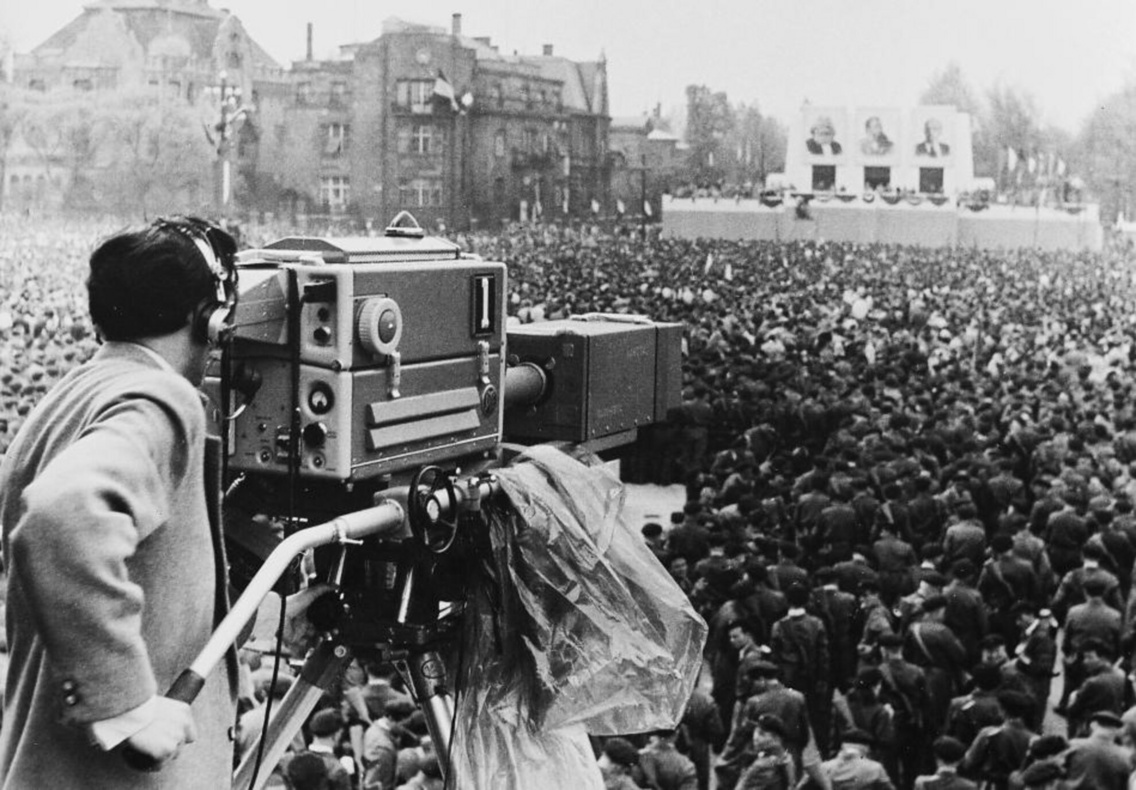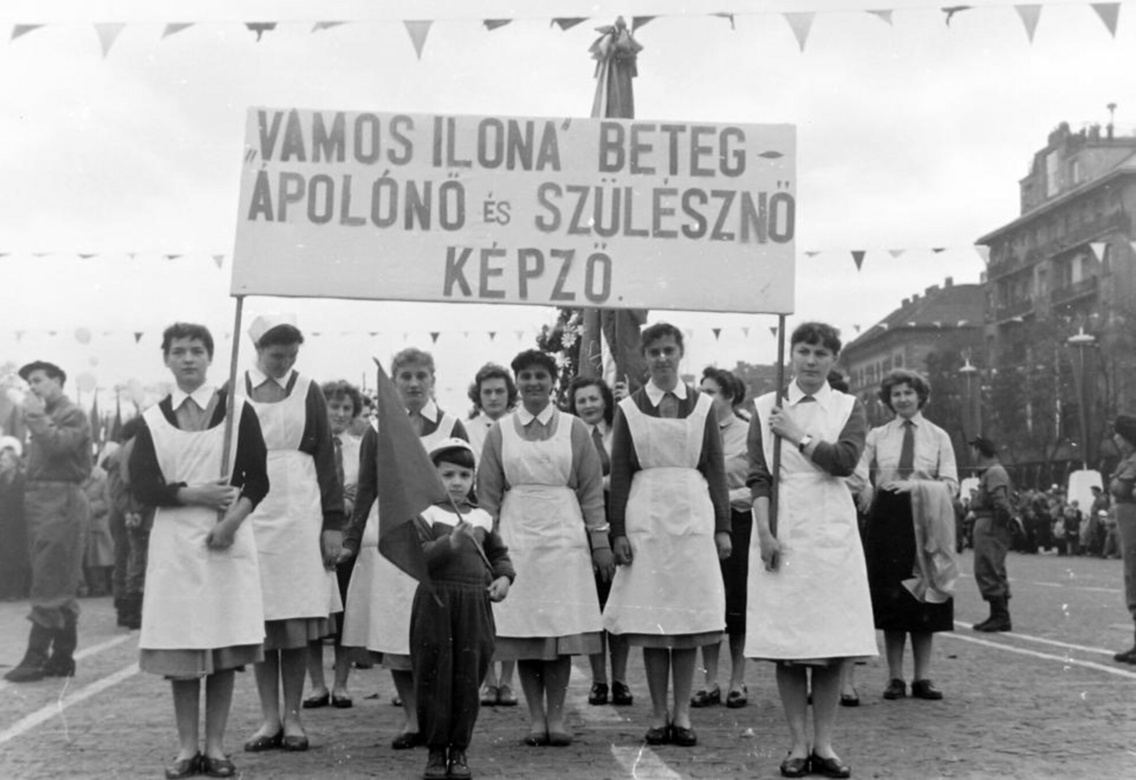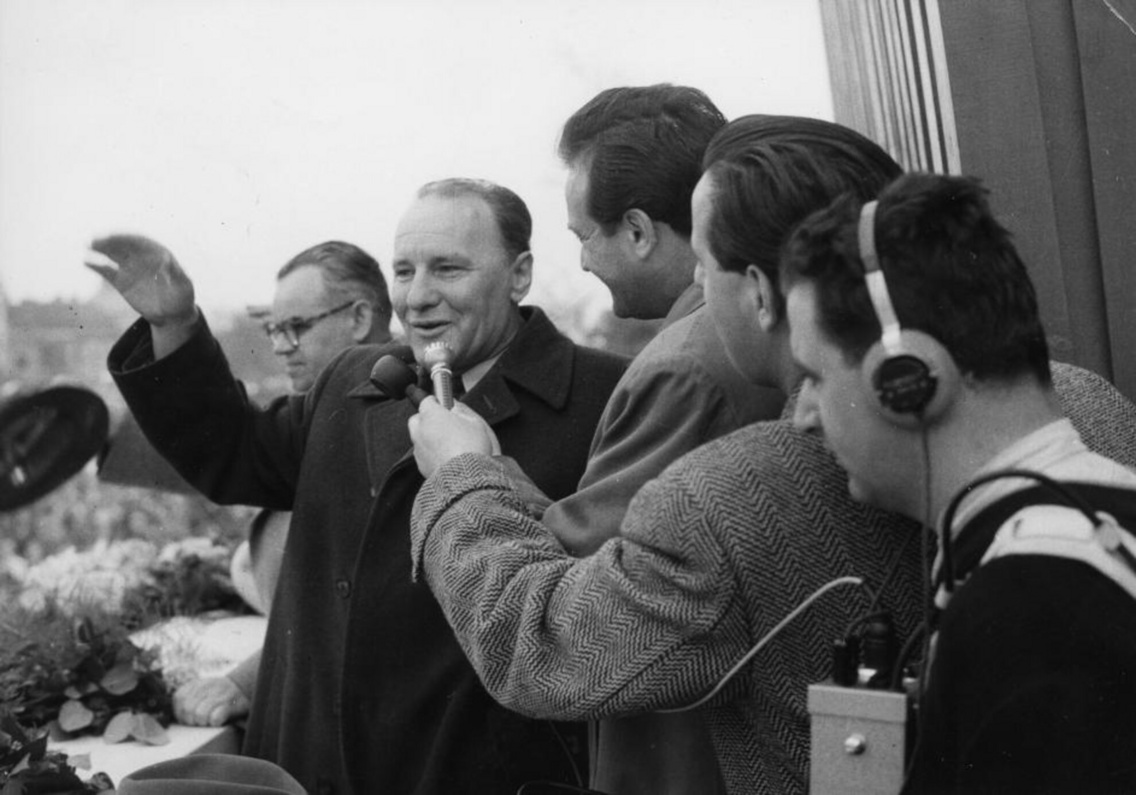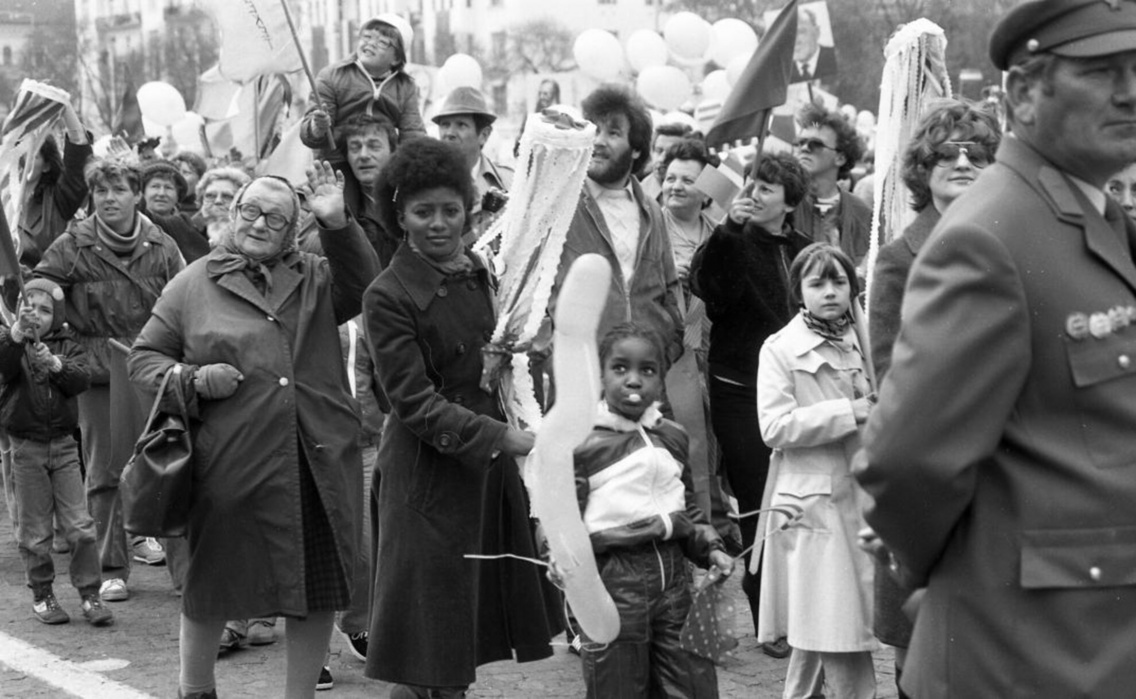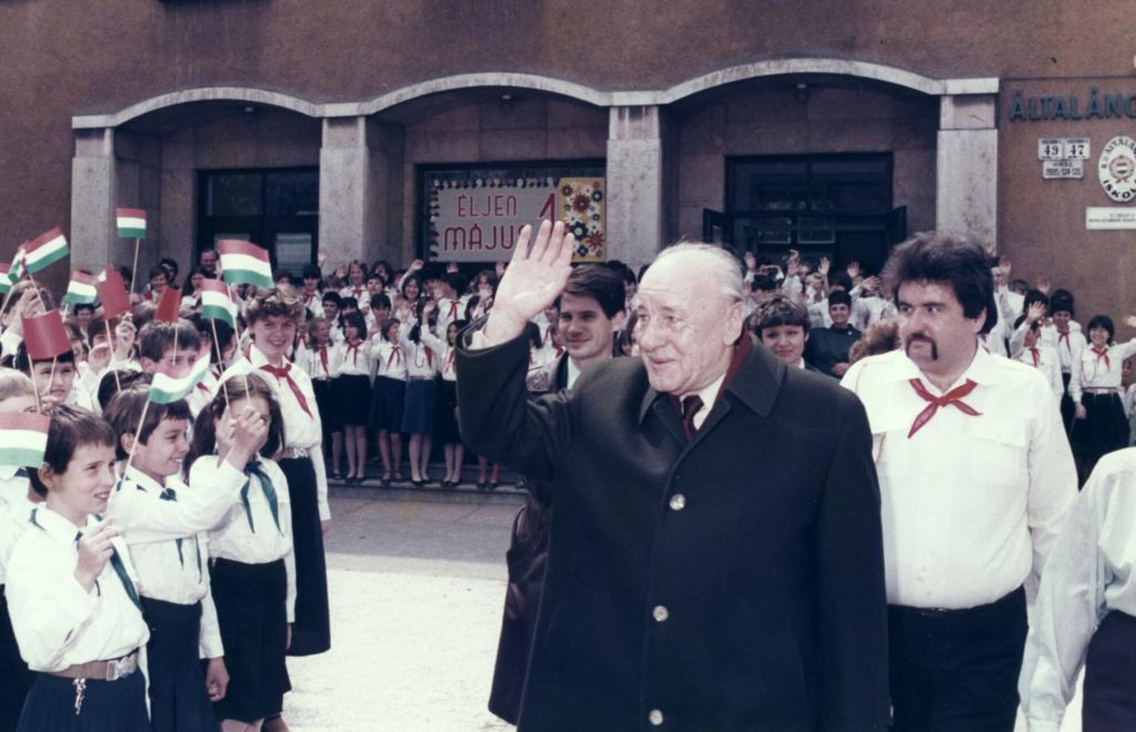Today 1 May is just another day off, but for decades, the first day of May meant a mandatory parade. Slogans and banners were held high in the streets of Budapest, groups of workers were invited over from Cuba and, observed by not-so-secret secret informants, rock bands played to rebellious youth in the Tabán.
The official foundation of International Workers’ Day, which basically set in stone the eight-hour shift for factory workers, was on 1 May 1891, when it was declared a ‘holiday for the international unity of the working class’.
After World War II, it gained special importance around the Eastern Bloc. In Hungary, the first May Day parade had been held in 1919, during the Soviet Republic, and from 1946 it became a State holiday. In the gloomy 1950s, it was almost mandatory to attend the parade, only slightly alleviated in the 1960s.
Later, as the system relaxed, independent, traditional May Day elements were added to the 1 May celebration.
